Instant Ambiance
If you long to create a Country French Ambiance
in your home there is one piece of furniture that can
make your decorating job much easier. An Antique
French Farm Table, aka, trestle table, harvest table,
and Refectory table.
Some of our fondest memories will be created
during the Holiday Season as we gather around
the table and partake of the feast. Ever wonder
why most of life's most special moments take
place while we are eating? Must be our
European roots.
The one thing I absolutely adore about the
Country French Lifestyle is that it revolves
around the table. And.. more times than not
it happens to be a Refectory table. The Refectory
table came about in the 16th Century, so named
due to it's use in Monasteries, where the eating
room was known as a Refectory.
Most in Europe were made from hard woods
such as Walnut and Oak. These woods would
withstand abuse.
Most are made from separate planks that have been
joined together, resting atop chanfreiné (beveled)
legs. The art of joining happens to be one of the
highest art forms of cabinet makers. Many farm
tables also have what is called a breadboard top
This is when the end planks go a different direction which
adds stability to the joined boards.
Many have the typical H stretcher (the French call it the
stretcher for the chat) (cat).
It is also very common to find a deep drawer in either
or both ends of the table. So the story goes, these
were used to store the monks monogrammed napkins
after each meal. Laundry was only done once a week
so it was necessary for them to re-use their napkins.
These deep drawers would necessitate deep friezes
(aprons) which can be a draw back. Hence the use of
benches at the table.
If you are considering a Farm table don't be discouraged
by the height. If you prefer to cross your legs at the table,
it is relatively simple to have your table's legs built up
by a good woodworker. I have an excellent person in
Louisville and he charges $200-$300.
They also have many uses with a little imagination!
They make beautiful bathroom vanities topped with
ironstone vessel sinks and straw baskets underneath.
Islands and work tables in the kitchen.
Desks for your home office.
Saw the legs down and you have a beautiful coffee
table.
However you choose to use it, a French Farm Table is
a good investment and patina is something you
can't reproduce.
If you are looking for a 19th century farm table, I
carry a wide variety at my shop,
European Antique Market.
I have French, Spanish and Zinc topped. All are in
the $3,000-$3,800 price range.
 Spanish
Spanish
Whatever table you may be gathering
around this Holiday season with friends
and family, I wish for you Wonderful Moments
and
Bon Appetit !
Tuesday, November 20, 2007
The French Farm Table
Subscribe to:
Post Comments (Atom)



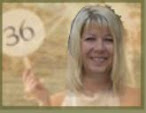


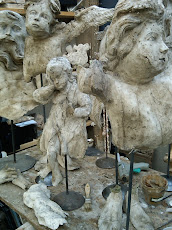
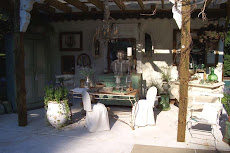

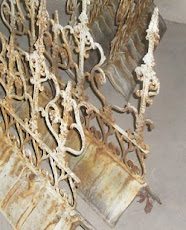

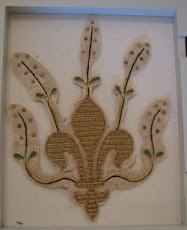
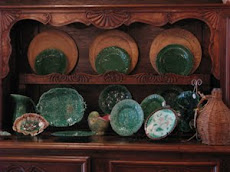
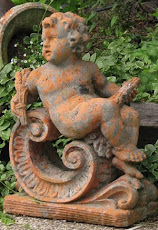
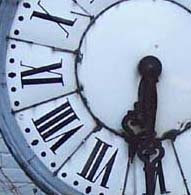


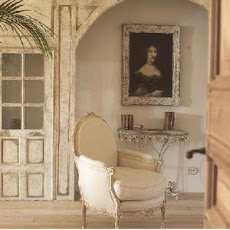
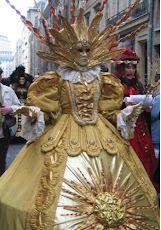
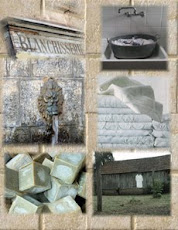
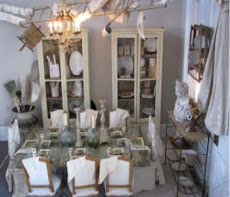
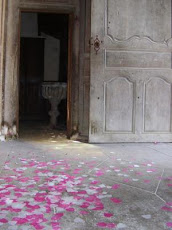

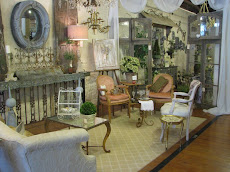
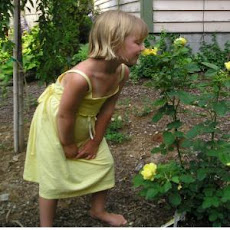


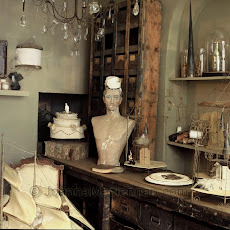
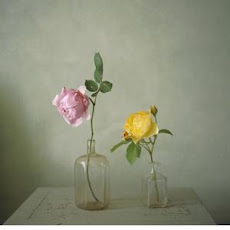

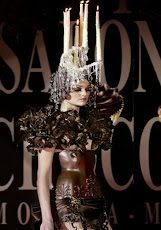




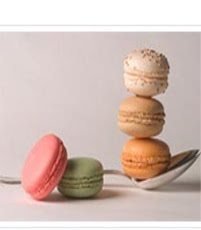





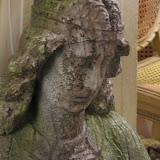






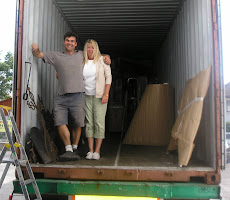

















8 comments:
I am always SO inspired by your beautiful photos, and these are definitely no exception!
I hope that you have a wonderful Thanksgiving holiday filled with lots of love!
xoxo
Hello,
My name is ginger and I too am a member of cottage living forum. Your blog is beautiful.
ginger
wonderful pictures , I love the 1st one . Very interesting to see what dos french ambiance look like !!
I don't like the spanish table ..but it is normal I'm french
Are wooden benches built to height for farm tables? And do you ever bring any of them home from France?
Yes Anonymous, most of the French benches were made for farm tables.
It just so happens I have 2 now.
The benches also make great coffee tables.
What a wonderful post! Very informative.
Joni
cote de Texas
Just discovered your beautiful blog via The Paris Apartment~~these photos are lovely. I love farm tables, my father used to build them and we had an enormous one in our country home. . .and your shop looks amazing! So glad we crossed paths!
From this fellow francophile,
Michelle
Hello
I just came across your beautiful site the other day. I love the soothing music and all of the pictures. This furniture is to die for. My partner and I build custom furniture and we are being asked to make a french farm style dining table. Our client would like pull out leaves at each end. Do you ever come across these tables with leaves? We were wondering about that - modern clients tend to like leaves, but I suspect that antique tables, particularly farm tables, would have typically been made without them. We are also going to attempt to replicate the antique look with distressing techniques. I am in process of drawing up some sketches, and getting the proportions of the apron, legs, overhang, etcetera, to look harmonious. I found your site to be very inspiring.
Suzanne Bonham
Portland Oregon
Post a Comment